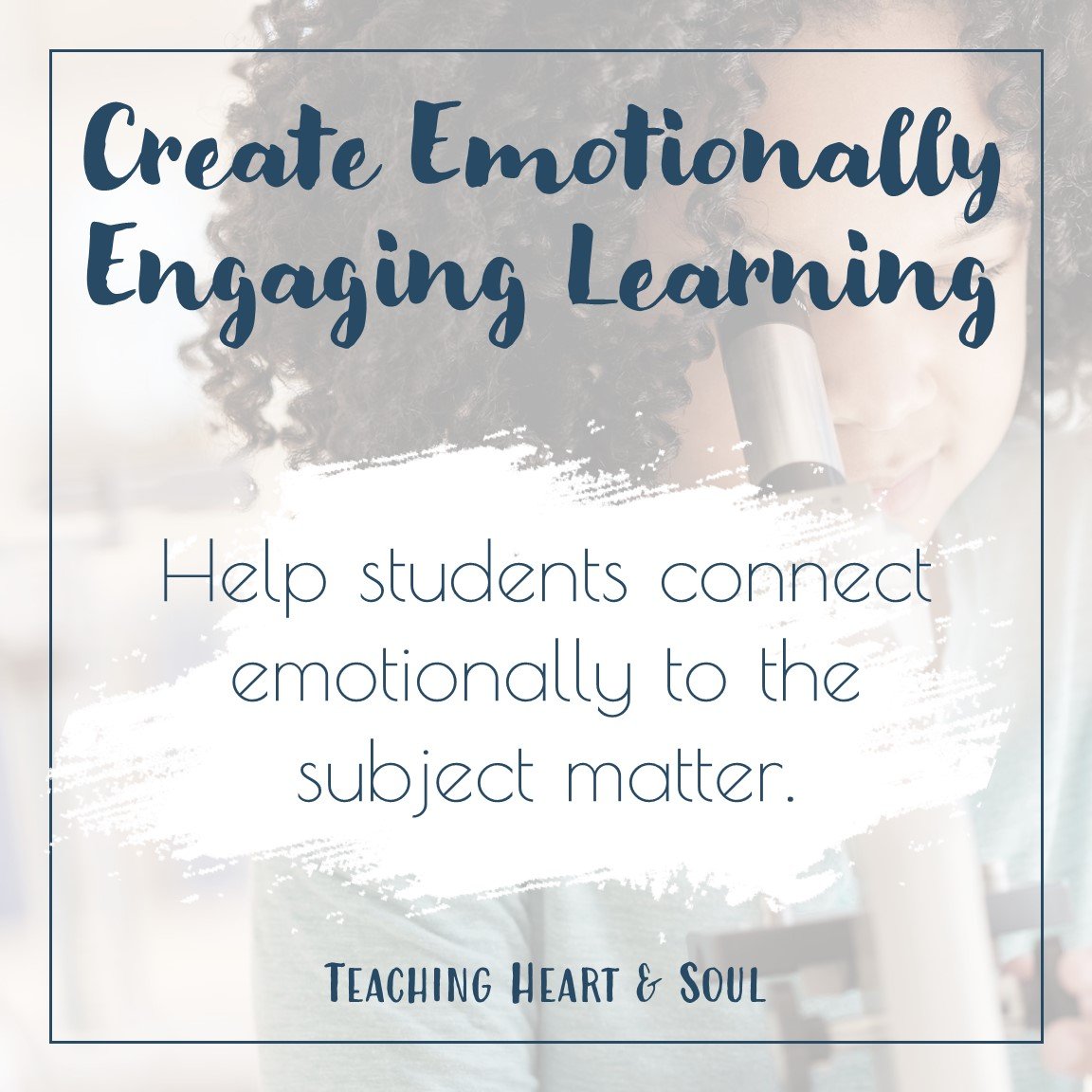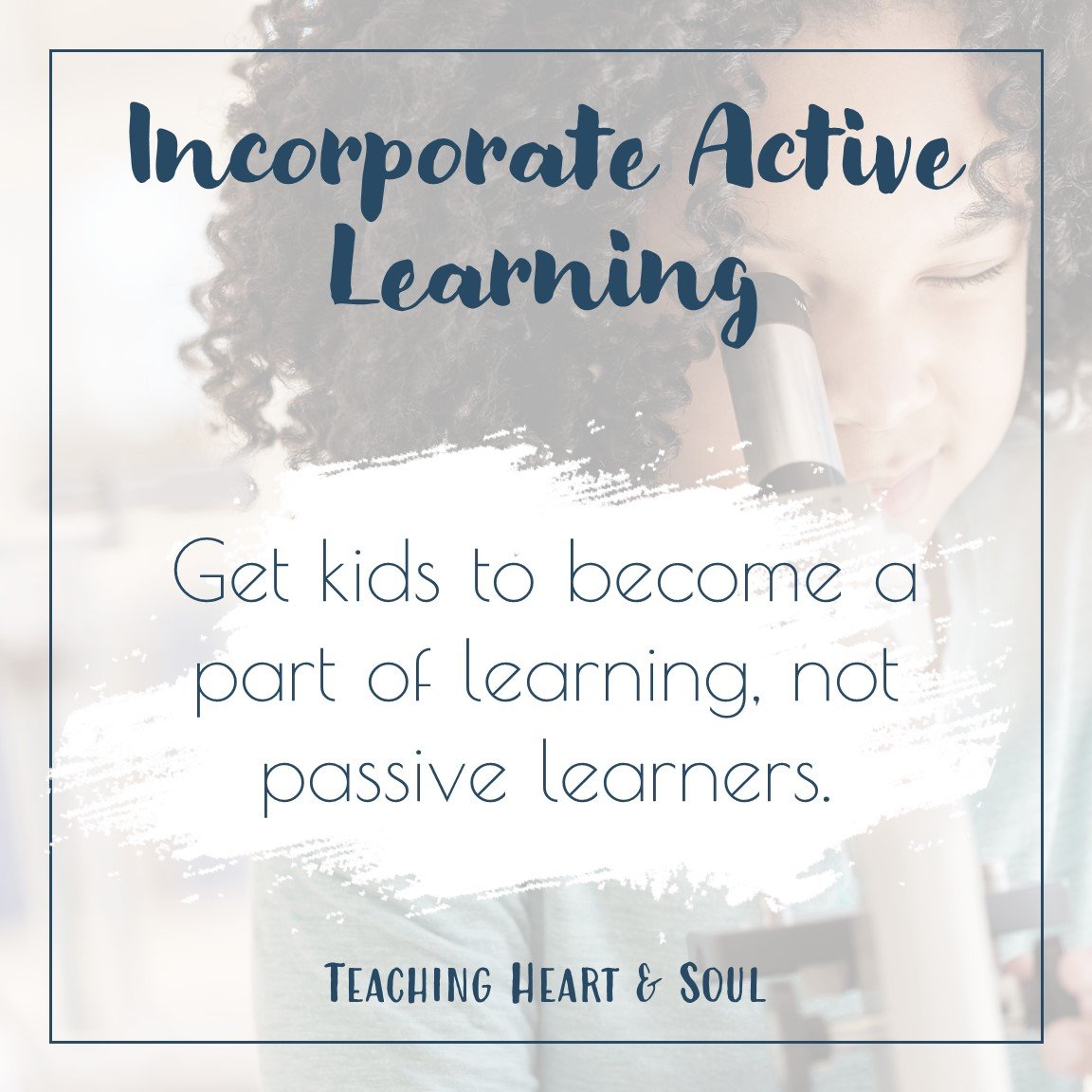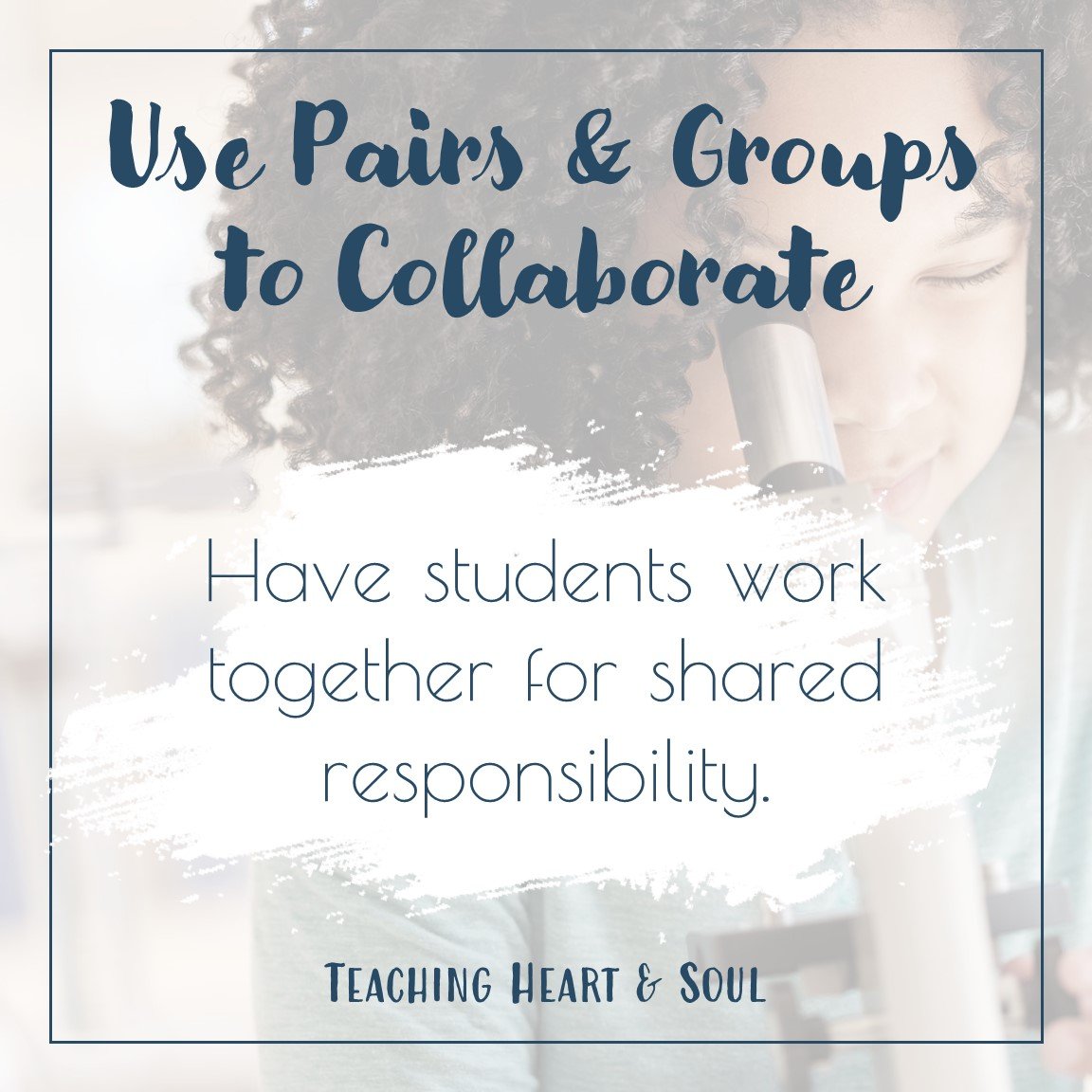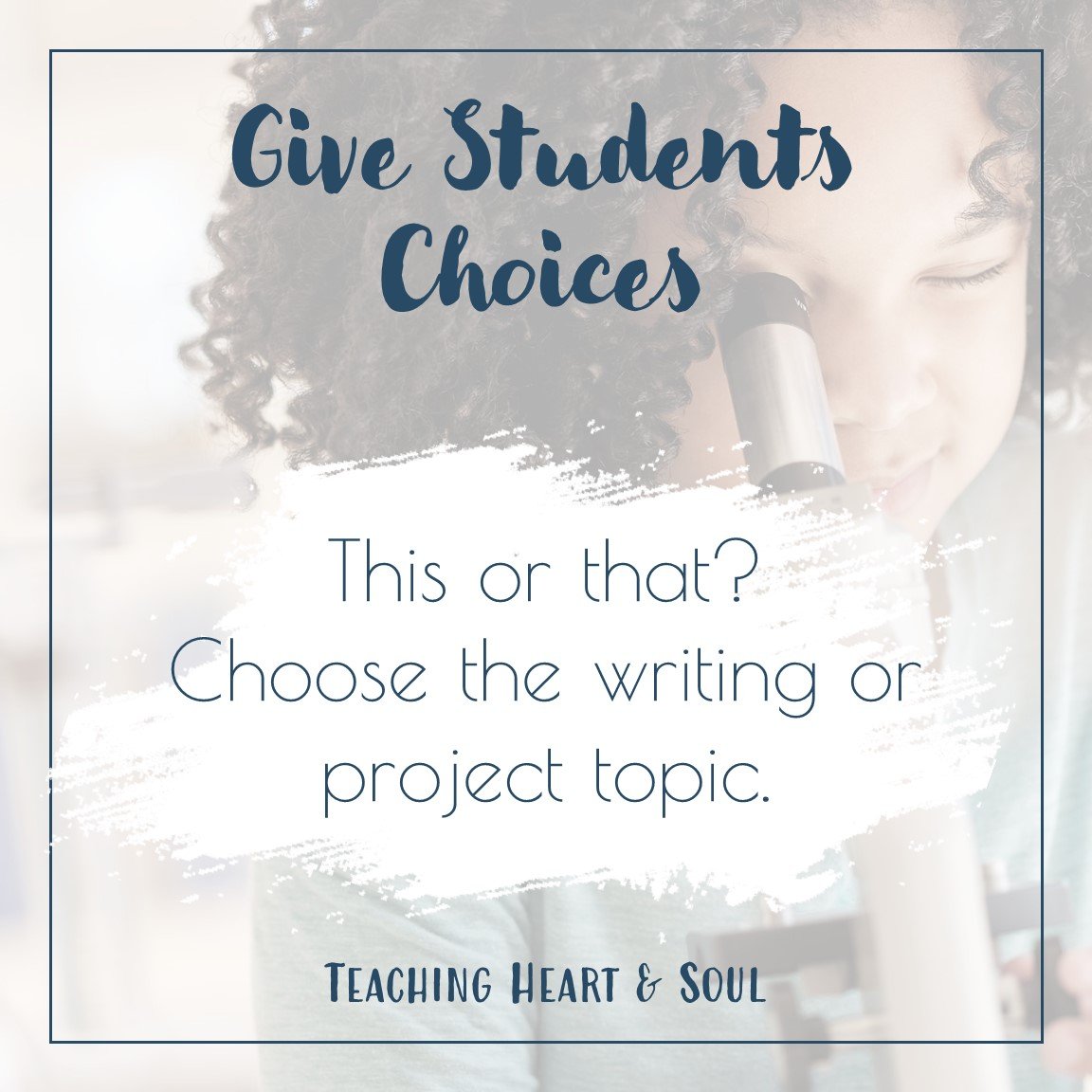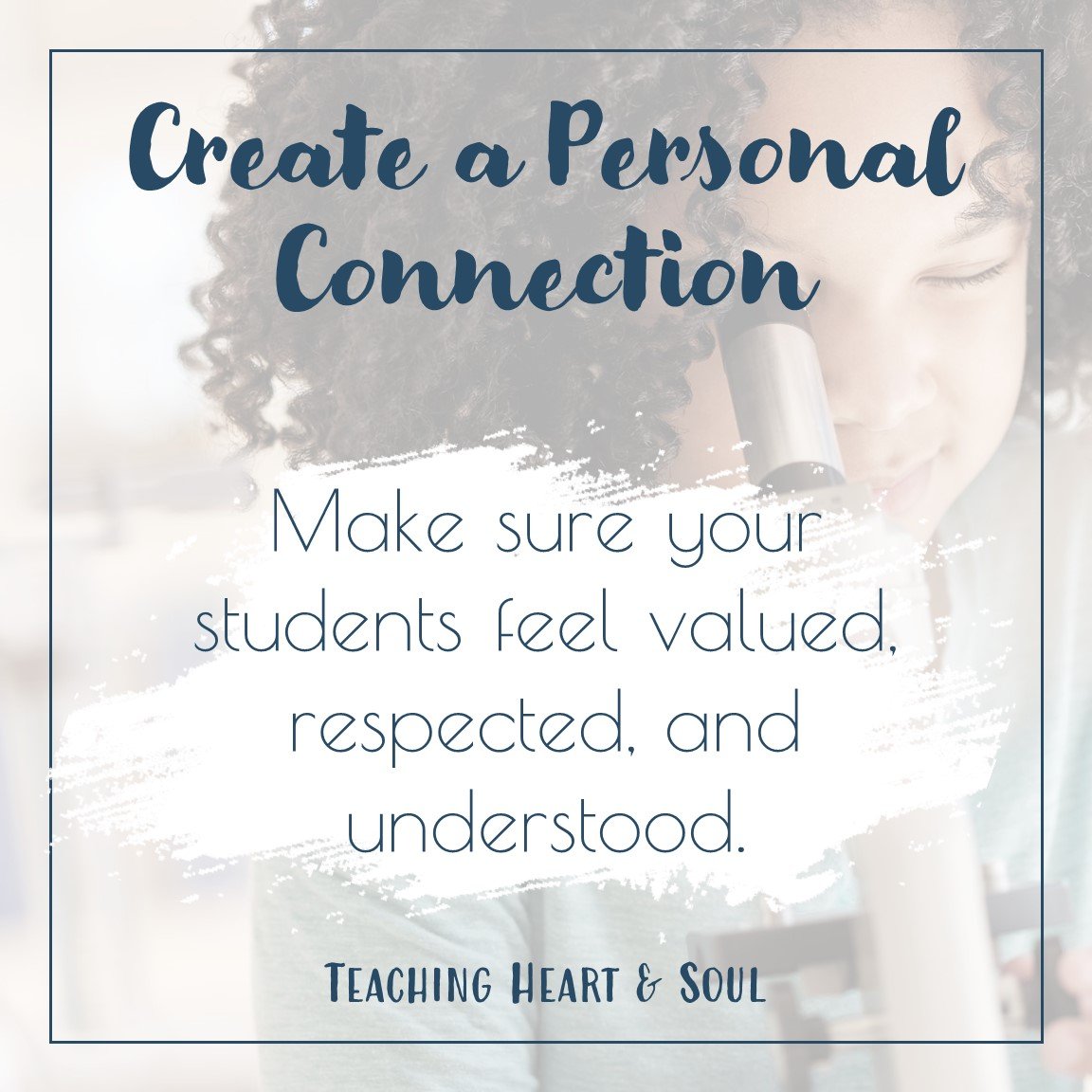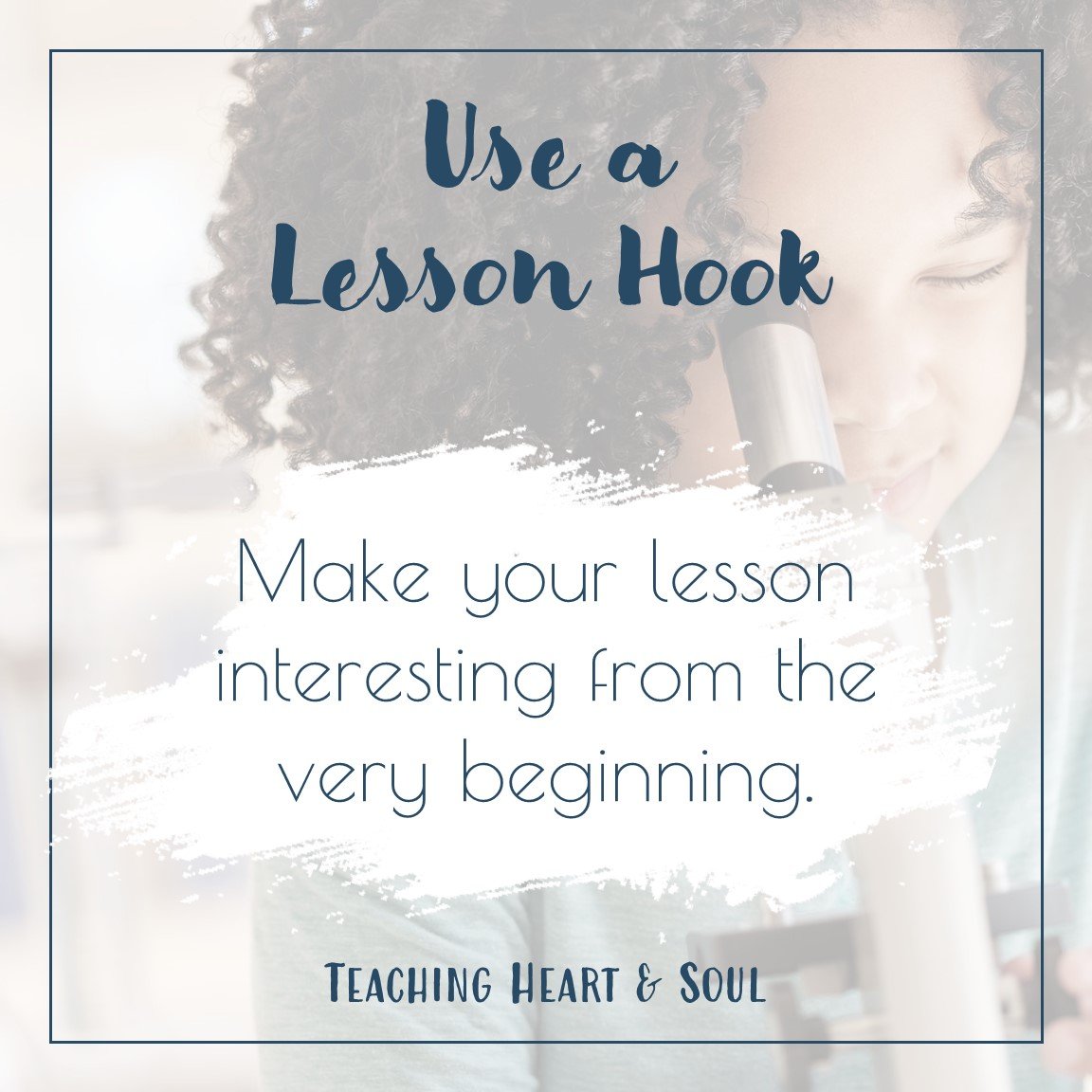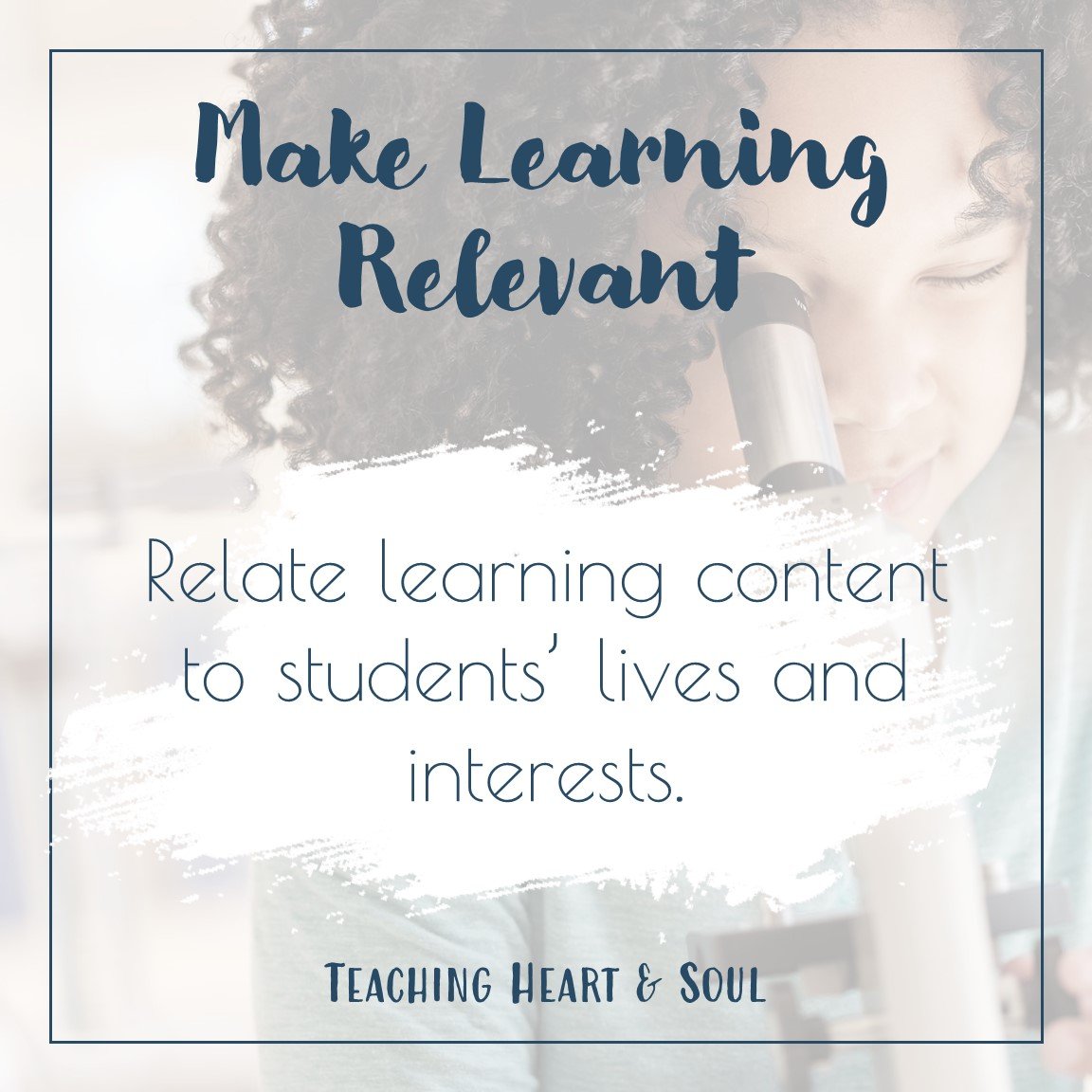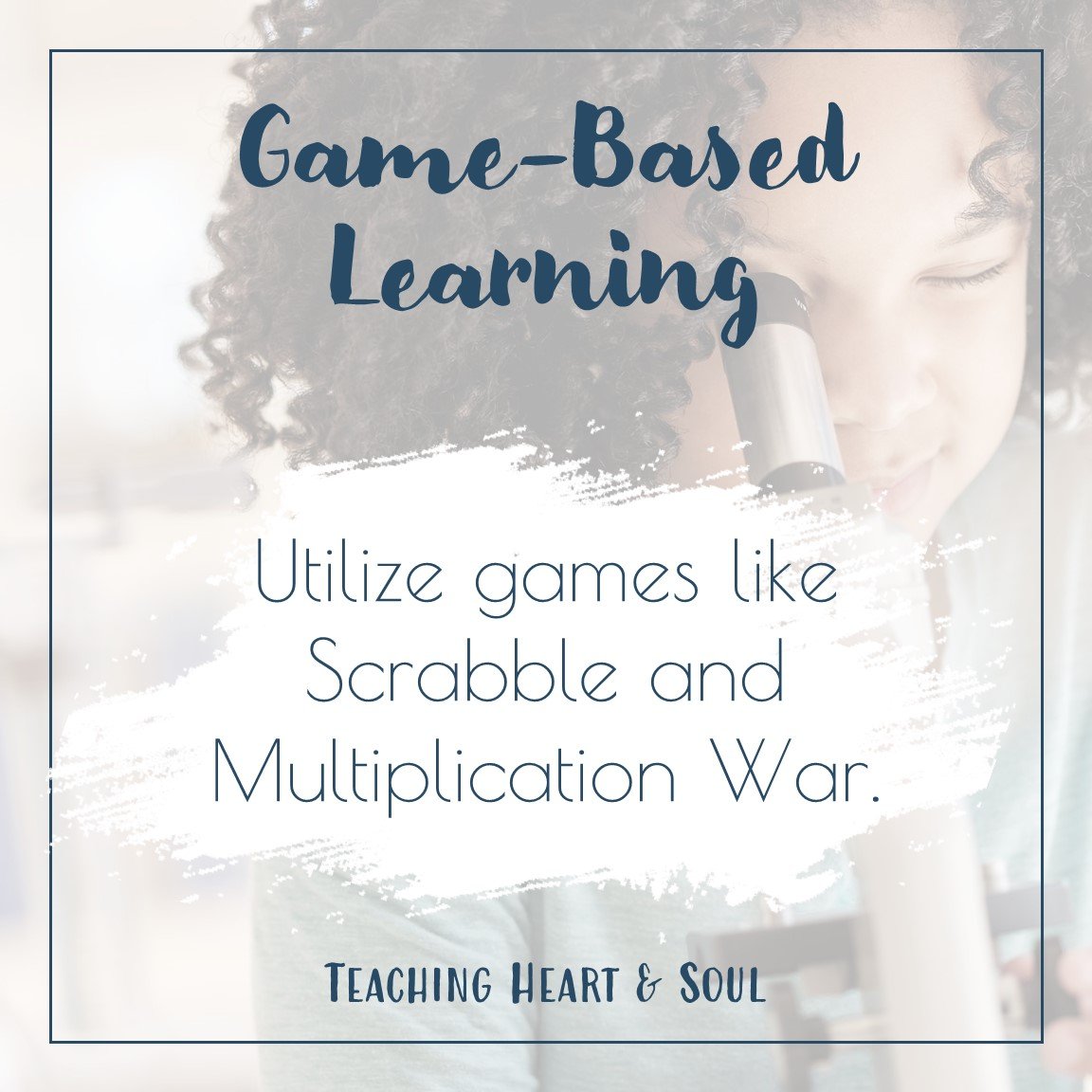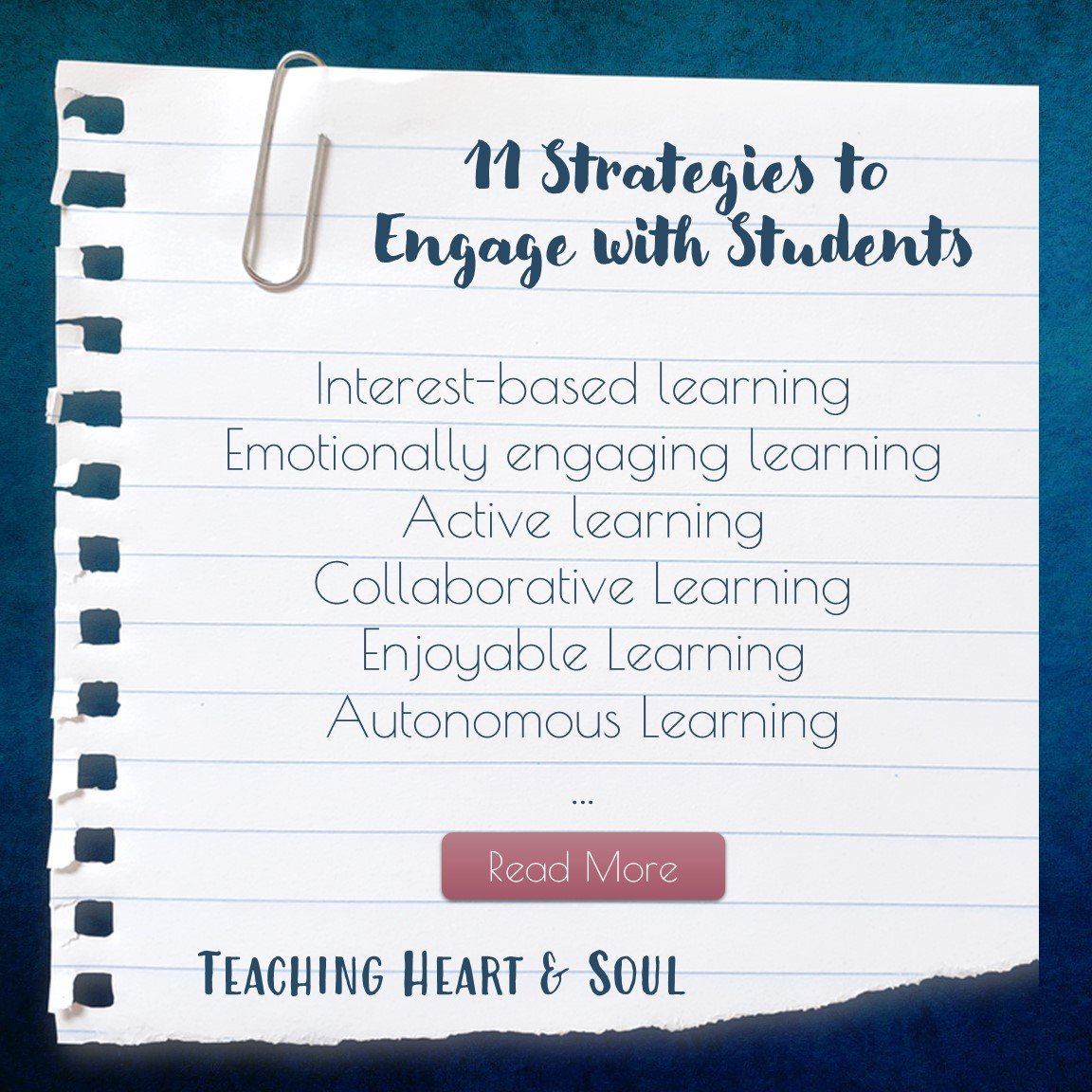11 Strategies to Engage with Students
“This is boring!”
“Why do we need to learn this?”
“Can we do something else?”
Have you heard your students say things like this?
Too much of learning in the classroom is centered around curriculum and standards. A lot of the time, students have no interest in what they are being taught because the lesson isn't engaging, but it doesn’t have to be this way!
Engaging students is crucial to their learning process. When students are actively involved and invested in their education, they are more likely to participate, retain information, and excel academically. The more we engage with students, the more student learning increases.
As educators, it's essential for us to ensure that our lessons are stimulating and captivating for all students. Students perform better when we make a learning activity or lesson that gets students moving and requires cognitive engagement.
Our goal is to cultivate a learning environment where engaged students thrive and increase student engagement becomes the norm. We understand the importance of nurturing not only their academic growth but also their critical thinking skills.
By promoting behavioral engagement through interactive learning activities and encouraging group work, we empower students to actively participate and collaborate with their peers. It's crucial for students to follow their own unique learning paths, drawing from their prior experiences and exploring the blank spaces in their understanding.
As teachers, we play a pivotal role in guiding them through this journey, offering support and expertise in their particular areas of interest. By engaging students and aligning their learning goals with the right track, we ignite their thirst for knowledge, spark new ideas, and cultivate their ability to apply what they have learned in real-life situations. Each lesson and course that we teach becomes an opportunity to inspire, challenge, and empower our students as they navigate the exciting world of education.
In this article, we will explore eleven strategies to get students engaged in the classroom.
1. Encourage Students to Follow Their Interests
One way to engage students is by tapping into their interests. By incorporating topics or activities that align with their passions, students are more likely to be motivated and engaged in the learning process.
As educators, we can encourage students to explore their interests and integrate them into classroom activities or projects. Student engagement happens naturally when we allow creative thinking and we let students focus on what they like. This approach helps create a personally meaningful learning experience and fosters a sense of ownership over their education.
This can be a very easy strategy to incorporate with writing. Allow your students to choose which topic they would like to write about. Most projects can be flexible enough to let students take the lead on what they want to learn about or present.
2. Create an Emotionally Engaging Learning Activity
Emotional engagement is a powerful tool for making lessons memorable. When students connect emotionally to the subject matter, they are more likely to retain the information and apply it in real-life situations.
To create emotionally engaging experiences, we can use real-life examples, case studies, or storytelling that resonates with students' experiences and interests. This approach not only enhances their engagement but also helps them develop a deeper understanding of the content.
3. Incorporate Active Learning
Active learning is a dynamic approach that encourages students to participate actively in the learning process rather than passively absorbing information. By incorporating activities such as group work, discussions, debates, hands-on experiments, or problem-solving tasks, we can enhance student engagement and promote deeper understanding.
Common strategies such as think-pair-share or filling out an exit ticket also fall under this category. Check out these FREE EXIT TICKETS and other teaching resources.
Using strategies that require consistent participation is key to learning new material. Think about the difference between a lecture and a class where students can research information themselves to complete an assigned activity. The engagement skyrockets because of the student involvement.
These strategies provide opportunities for students to apply their knowledge, think critically, and collaborate with their peers.
Learn more about making learning active for students through this blog post.
4. Utilize a Collaborative Learning Process
Collaborative learning promotes engagement by encouraging students to work together in groups, fostering a sense of teamwork and shared responsibility.
Through collaborative activities, students can enhance their critical thinking, communication, and interpersonal skills. Whether in-person or during online classes, teachers can design tasks that require students to collaborate, problem-solve, and learn from one another, creating a dynamic and engaging learning environment.
Working independently can be lonely and difficult for many students. Struggling students can benefit from engagement strategies that allow them to collaborate. This collaboration increases confidence and positive feelings about learning.
5. Engage Students by Making Learning Fun
Learning should be enjoyable for students. Have you noticed that many students come into kindergarten excited but are burnt out within a few years? They're still children, and paying attention to the teacher all day can be exhausting and boring.
Incorporating elements of fun and playfulness into our lessons can significantly enhance student engagement. By utilizing interactive games, puzzles, multimedia, and hands-on activities, we can make learning more enjoyable and capture students' attention. Engaging visual learners through colorful visuals, incorporating engaging YouTube videos, or introducing technology-based learning tools can also help hold students' attention and foster their enthusiasm for learning.
Check out this blog post for free educational websites you can use in your classroom, such as Prodigy and Kahoot!
6. Support Autonomy by Giving Students a Choice
Students don't really have a choice about going to school. Can you imagine going through your day being told exactly what to do without being able to make any choices for yourself? Additionally, you feel bored, but no one will listen to what you want. That's how many students feel about school.
Again, our students are just kids, and they need the ability to set their own course in at least a few areas. The more we can do this for them, the happier they'll be.
Autonomy support is a critical aspect of student engagement. When students have a sense of control over their learning, they become more motivated and invested in the educational process. Teachers can support autonomy by providing choices in learning activities, allowing students to select topics for assignments, or giving them opportunities to explore their particular areas of interest within the curriculum. By allowing students to have a say in their learning, we empower them and promote their engagement.
7. Create a Personal Connection
Establishing a connection with students is a powerful way to increase their engagement. When students feel valued, respected, and understood, they are more likely to actively participate in the learning process.
Teachers can create personal connections by getting to know students individually, showing genuine interest in their lives outside of school, and demonstrating empathy and understanding. These positive teacher-student relationships foster a supportive and inclusive classroom environment where students feel comfortable taking risks and engaging with the material.
8. Use a Lesson Hook
A lot of students don't want to have to be at school to begin with. They'd rather be playing outside, playing video games, or hanging out with their friends. So, as soon as we start a lesson, we're fighting an uphill battle.
One way to combat this is to use a lesson hook. There are many ways to hook students into a lesson from the very beginning. Some ideas are:
Presenting a scenario
Playing a YouTube video
Grabbing a prop
Ask a debate question
Present a challenge
Role Play
Check out my complete list on this blog post. You can also download this free pdf that has the lesson hooks listed, as well as differentiation strategies, exit tickets, and other tools.
9. Make Learning Relevant
Have you ever been asked, "When am I going to use this in real life?"
It's a valid point. Our students have to suffer through and learn things they don't have any interest in, and we often have to teach content that we don't think is relevant either.
Sometimes this is unavoidable, but oftentimes, we can tweak the lesson plan to make learning relevant to our students.
We can give students relevant writing prompts, have students relate historical events to what's going on today, and use real-world science. You may not be able to recreate an entire lesson to make it relevant to your students, but try including a lesson hook or exit activity that shows students how their learning matters to their lives.
10. Use Technology
It can be so hard to compete with video games and apps on a smart phone. Kids are often disengaged because completing a worksheet is not as interesting as what they'd be doing at home.
However, we can use these things to our advantage.
A lot of educational technology has been developed in recent years and a lot of it is free.
Check out this list of free educational websites you can use in your classroom.
A lot of the reason technology works so well is because it uses gamification to reward students for progress. Oftentimes, games will automatically adjust to meet players where they're at to provide challenge without overwhelming them.
11. Game-Based Learning
Game-based learning engages students similarly to technology. It uses the same principles of gamification to get students to buy in.
There are many different ways you facilitate game-based learning.
Some examples are:
Scrabble (Spelling)
Boggle (Spelling)
Bananagrams (Spelling)
Clue (Logic)
Multiplication War (Math)
Division Bingo (Math)
Content-Based Jeopardy (Review)
Connect-Four (Logic)
Conclusion
Our goal should never be to make it through the entire curriculum in a year. There is so much more to learning than that! We need to find a way to help our students see that, and sometimes, we need to remind ourselves! When students can see the connection between what they’re learning and themselves, they see how important learning is.
Utilizing effective strategies to engage students is vital for their academic success and overall learning experience. By incorporating student interests, creating emotionally engaging lessons, promoting active learning, fostering collaboration, making learning enjoyable, supporting autonomy, and building personal connections, we can cultivate an engaging classroom environment where students thrive.
As educators, let's continuously explore new ideas, adapt our teaching methods, and implement these strategies to maximize student engagement and create a positive and enriching learning journey for all.
More Resources
CLICK HERE to learn about 21 lesson hooks.
CLICK HERE to find out about active learning strategies.
CLICK HERE for exit ticket ideas to reinforce learning.
CLICK HERE for a FREE classroom management eBook.


